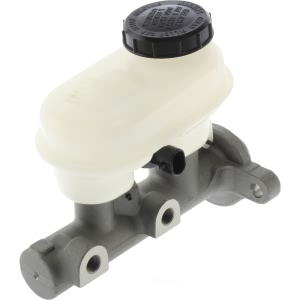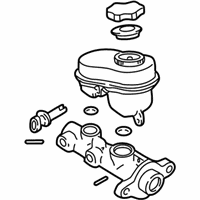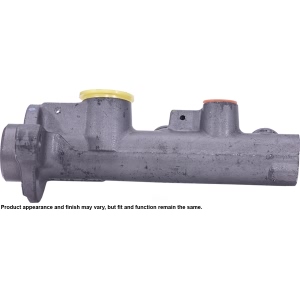< Back ×
My Vehicle Change Vehicle
2002 Buick Park Avenue
< Back to View All
Brake Boosters & Brake Master Cylinders
- Department
- Series
- Brands
- Prices


Centric® Premium Brake Master Cylinder for 2002 Buick Park Avenue
PartNumber: 130.62099Product Specifications- UPC: 805890008279
- Part Description: 2002 Buick Park Avenue Premium Brake Master Cylinder
Vehicle Fitment- 2002 Buick Park Avenue | All Trims | All Engines
$76.34OEM (Genuine) 2002 Buick Park Avenue Cylinder Asm, Brake Master
PartNumber: 19209230 Product Specifications
Product Specifications- Other Names: Master Cylinder Assembly
- Item Dimensions: 9.2 x 9.3 x 8.3 inches
- Item Weight: 0.90 Pounds
- Fitment Type: Direct Replacement
- Replaces: 18044394, 18046507, 18029946
- Part Description: 2002 Buick Park Avenue Cylinder Asm, Brake Master
Vehicle Fitment- 2002 Buick Park Avenue | Base, Ultra | 6 Cyl 3.8 L GAS


Cardone Reman® Remanufactured Master Cylinder for 2002 Buick Park Avenue
PartNumber: 10-2714Product Specifications- Notes: Supplied w/o Reservoir
- Bore Diameter (N): 1.00"
- E-Waste: No
- Installation Hardware Included: No
- Master Cylinder Color/Finish: Gray
- Master Cylinder Material: Aluminum
- Mounting Hole Quantity: 2
- Package Contents: Master Cylinder, Reservoir Pin Kit
- Port Quantity: 2
- Primary Port Size: M12 x 1.0
- Product Condition: Remanufactured
- Reservoir Included: No
- Secondary Port Size: M12 x 1.0
- UPC: 082617378109
- Part Description: 2002 Buick Park Avenue Remanufactured Master Cylinder
Vehicle Fitment- 2002 Buick Park Avenue | All Trims | All Engines
FAQ for Brake Master Cylinder Repair
Q: What is the recommended torque for the brake pipe fittings at the master cylinder?
A:
The recommended torque is 32 Nm (24 ft. lbs.).
By Bob
GM Specialist
01/11/2022Q: What should be noted when filling the master cylinder reservoir?
A:
When adding fluid to the brake master cylinder reservoir, you should use only Delco Supreme 11(R), GM U.S. P/N 12377967, GM Canada P/N 992667, or equivalent DOT-3 brake fluid from a clean, sealed brake fluid container.
By Bob
GM Specialist
01/11/2022Q: How to remove the master cylinder reservoir?
A:
You need to remove the master cylinder, and the fluid level sensor, drain the brake fluid from the master cylinder reservoir, tap out the reservoir retaining pins and then remove the reservoir and the seals from the master cylinder.
By Bob
GM Specialist
01/11/2022Q: What should be noticed before assembling the master cylinder?
A:
You should remember not to use abrasives to clean the brake master cylinder bore.
By Bob
GM Specialist
01/11/2022Q: How to remove the master cylinder?
A:
You need to disconnect the electrical connector from the brake fluid level sensor, disconnect the brake pipes from the master cylinder, plug the open brake pipe fitting ends, remove the 2 master cylinder mounting nuts, and the master cylinder, then remove the reservoir from the master cylinder if it is to be reused on a replacement master cylinder.
By Bob
GM Specialist
01/11/2022Q: What should be done before removing the cap and diaphragm?
A:
You need to clean the outside of the master cylinder reservoir on and around the reservoir cap before removing the cap and diaphragm.
By Bob
GM Specialist
01/11/2022See more FAQs (1)


